Introduction
In the vast culinary landscape of global gastronomy, dumplings stand as a timeless testament to the art of encapsulation. Whether steamed, boiled, pan-fried, or deep-fried, dumplings encapsulate a myriad of flavors within their delicate dough shells. Among the myriad fillings that grace the insides of these edible wonders, lamb-based fillings hold a special place, especially in regions where sheep farming is prevalent. Lamb dumplings, with their rich, earthy aroma and succulent texture, offer a meal that is both comforting and indulgent. However, crafting the perfect lamb dumpling filling is an art form that requires precision, attention to detail, and a deep understanding of ingredient harmony. This article delves into the intricacies of preparing lamb dumpling filling, offering a comprehensive guide to achieving a balance of flavors that will elevate your dumpling-making experience to new heights.
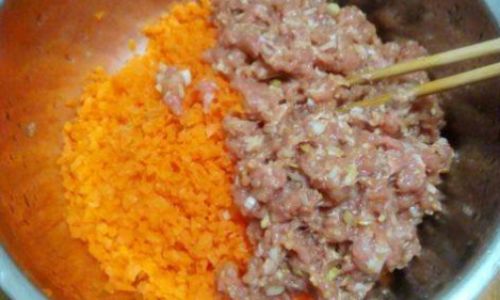
Understanding Lamb: The Foundation of Flavor
Before diving into the recipe, it’s crucial to understand the nuances of lamb meat. Lamb, unlike other meats, possesses a unique flavor profile characterized by its richness and a subtle hint of gaminess. The quality of the lamb plays a pivotal role in the final outcome of your dumpling filling. Opt for fresh, well-aged lamb with a good marbling for optimal flavor and tenderness. Ground lamb is typically used for dumpling fillings, but you can also finely chop lamb shoulder or leg cuts for a more textured filling.
Selecting the Right Spices and Aromatics
The beauty of lamb lies in its ability to absorb and amplify flavors. When crafting a lamb dumpling filling, the choice of spices and aromatics is paramount. Traditional spices like cumin, coriander, and paprika add warmth and depth, while garlic, ginger, and scallions provide a fresh, aromatic counterbalance. Don’t overlook the use of soy sauce, sesame oil, and rice vinegar, which introduce layers of umami and tanginess that complement the lamb’s natural flavors.
Balancing Fat and Lean
A common pitfall in preparing lamb dumpling filling is achieving the right balance between fat and lean meat. Too much fat can result in greasy dumplings, while too little can lead to a dry, unappealing texture. Ideally, aim for a ground lamb mix that contains a reasonable amount of fat—around 20-30%—to ensure juiciness and flavor without overpowering the palate.
The Art of Seasoning
Seasoning is where the magic happens in any dumpling filling. Start by seasoning the lamb with salt and pepper to taste. Remember, salt not only enhances flavor but also helps to tenderize the meat. Next, incorporate your chosen spices and aromatics. A good rule of thumb is to toast whole spices like cumin and coriander seeds before grinding them. This releases their oils and intensifies their flavors. Garlic and ginger should be finely minced to ensure they distribute evenly throughout the filling.
Incorporating Vegetables and Textural Elements
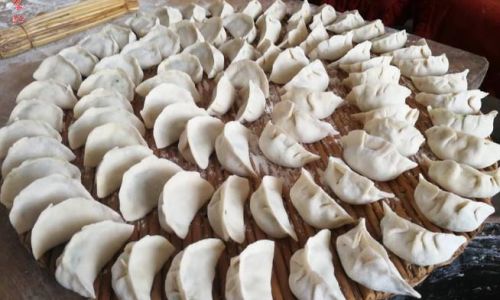
Lamb dumplings are often enriched with vegetables, which not only add nutritional value but also provide a refreshing contrast to the rich meat. Common additions include finely chopped scallions, cabbage, carrots, or even water chestnuts for crunch. When incorporating vegetables, ensure they are finely chopped to prevent them from tearing the dumpling wrappers during cooking. You can also lightly sauté vegetables like onions and celery to soften them and deepen their flavors before mixing them with the lamb.
Moisture Management: The Key to Success
Moisture is critical in dumpling fillings. Too much liquid can cause the dumplings to burst during cooking, while too little can result in dry, unappealing bites. To manage moisture effectively, start by mixing your seasoned lamb with a small amount of liquid ingredients like soy sauce, sesame oil, and rice vinegar. Do not overmix, as this can cause the meat to become tough. Instead, gently fold in the ingredients until just combined. If the mixture seems too dry, you can add a tablespoon of water or broth, but be cautious and add in small increments.
Binding the Filling: The Glue That Holds It All Together
A well-bound filling ensures that the dumplings maintain their shape during cooking. While the natural fats in the lamb help with binding, sometimes a little extra assistance is needed. Cornstarch or potato starch can be used sparingly to help the filling hold together without becoming gluey. Mix a small amount of starch with a tablespoon of water to form a slurry and gently fold it into the filling.
Chilling the Filling: The Secret to Tighter Wraps
Once your filling is prepared, chill it in the refrigerator for at least 30 minutes before assembling the dumplings. Chilling firms up the fats and tightens the mixture, making it easier to handle and less likely to leak during cooking. It also helps the dumpling wrappers adhere better to the filling, reducing the risk of them coming apart.
Assembling the Dumplings: Technique Matters
When it comes to assembling dumplings, technique is everything. Start by placing a small amount of filling in the center of a wrapper. Use your fingers to gently pleat the edges, ensuring they are tightly sealed to prevent leakage. For a more decorative finish, try different pleating techniques such as the classic half-moon shape or the more intricate Chinese purse fold.
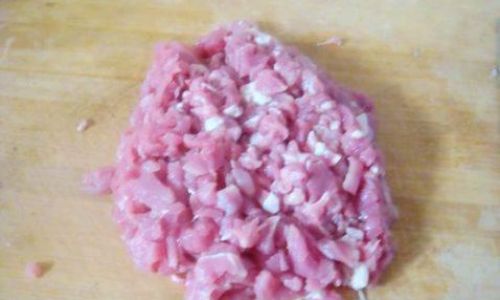
Cooking the Dumplings: Perfecting the Art of Doneness
The cooking method you choose will depend on your personal preference and the type of dumpling you’re making. Boiled dumplings are tender and moist, while pan-fried or steamed dumplings offer a crispy exterior with a juicy interior. Regardless of the method, ensure the water or oil is at the right temperature to cook the dumplings evenly without overcooking the filling.
Serving and Enjoying
Finally, serving your lamb dumplings is an opportunity to showcase your creativity. Pair them with a dipping sauce made from soy sauce, rice vinegar, sesame oil, and a touch of chili oil for an extra kick. Garnish with chopped scallions, sesame seeds, or even a drizzle of chili sauce for added flavor and presentation.
Conclusion
Crafting the perfect lamb dumpling filling is a journey that requires patience, attention to detail, and a love for culinary experimentation. By understanding the nuances of lamb, selecting the right spices and aromatics, managing moisture effectively, and mastering assembly and cooking techniques, you can elevate your dumpling-making skills to new heights. Remember, the key to success lies in balance—between flavors, textures, and cooking methods. With practice and a passion for food, you’ll soon be serving up lamb dumplings that are the envy of even the most discerning palate. Happy cooking!
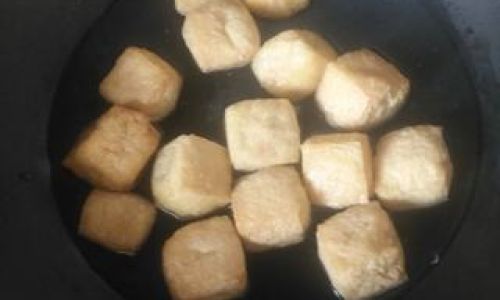
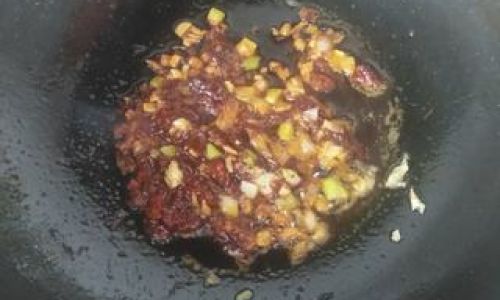
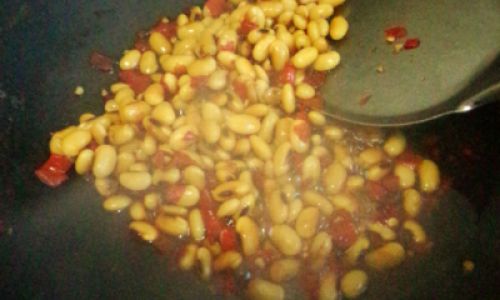



0 comments